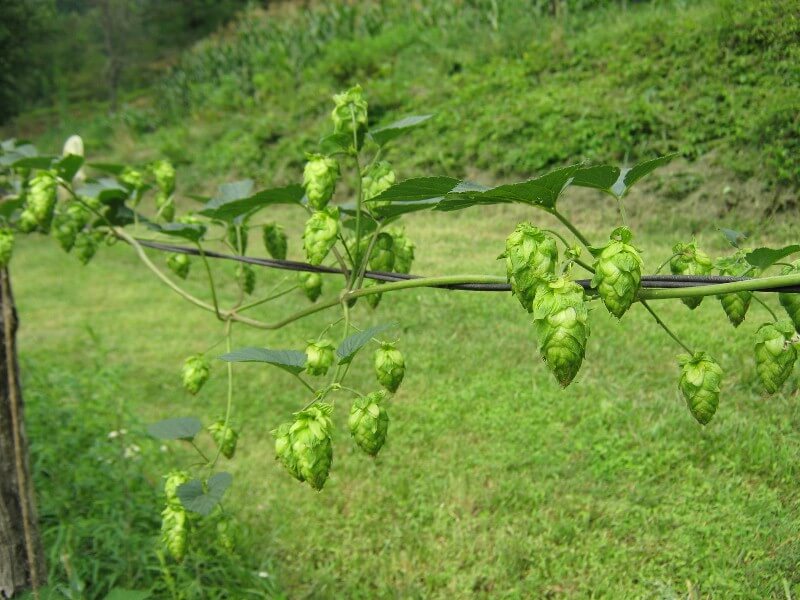
We live in the rugged mountains of Western North Carolina. Some question the suitability of growing hops here, or think that growing hops is a new idea. To some it may be new, but those of us who are native to this area know differently.
You only have to look back into the Agricultural Census of our county, Yancey, to see what crops people were growing as far back as the 1840’s. Yes, you guessed it, hops was one of those crops! So, what happened? Why did hops just disappear and the memory with it?
I did some research and found out it was pretty much the same as what happened to the tobacco crops of the 1970’s. Mold and mildew wiped those crops out, making them too financially risky to grow. Happily, recent research has improved our knowledge about the growing and harvesting of the crop. We now know that the plants need a lot of breathing space.
Hops: Not Just For Making Beer!
Hops have not been recognized for their full potential! I often ask people: “Do you know what hops are?” I always get the same response: “It’s what people use to make beer isn’t it?” Well, yes, but hops are much more than that.
With our workshops, we try to bring back some of the culture, heritage, and tradition of growing hops. With these things we want to incorporate it into a daily way of life encouraging sustainability. Showing where the old ways and new ways are really not that much different. After all, that’s what mountain folk do: “Make do and get by.”
Growing Hops: Start Small and Simple
With any new venture/project we suggest going small until you see where the project is going to take you. If there are a lot of environmental issues or other obstacles, learn how to deal with those before going bigger. Otherwise you can run into a lot of work, money, and heartache!
Hops, for the most part, is a wonderful—and prolific—plant to grow.
Starting Hops From A Single Plant
You can have a bounty of plants for your next season just from one plant. Hops can be planted in the fall if lightly mulched or temps don’t stay at freezing for too long during the winter. Most people plant and/or divide their rhizomes in the early spring, depending on the temperature.
You can usually start planting in March, but watch the temps. If they fall too low and you have young growth, cover the plants lightly.
If temp gets high or sun is strong on the plant, uncover the plant or the heat can kill it.
Hops have rhizomes—not only do they run above ground they run below ground as well. This is good when it comes to getting new plants from your one plant.
In the early spring when ground temps are warm enough—60 degrees should be ok—you can start digging up some of the rhizomes that have developed from last season’s growth. When digging you can see shoots that are starting on the rhizomes—almost like “eyes” on potatoes.
Planting Hops
You can cut pieces that have at least 3 shoots or “eyes.” These pieces may be as small as an inch. You can take these pieces you collect and immediately set them out wherever you’ve chosen for your hops spot, or you can pot these pieces in top soil, soil from your garden or wooded areas—hops are not too choosy about their dirt. You just need to make sure they do not dry out. Water them when slightly dry.
You can also take cuttings from the vines and put them in water and usually within 5-7 days you can see fibrous roots. When roots are established these can be set out or potted.
Hops do need some type of vining system because in order to produce well and resist some of the diseases that affect the hops, such as mold and mildew. Hops need to be aerial.
This can be anything from simple trellising using existing trellis used for beans or tomatoes. You can leave in containers and allow to vine into trees, other standing structures or a May Pole type of construction.
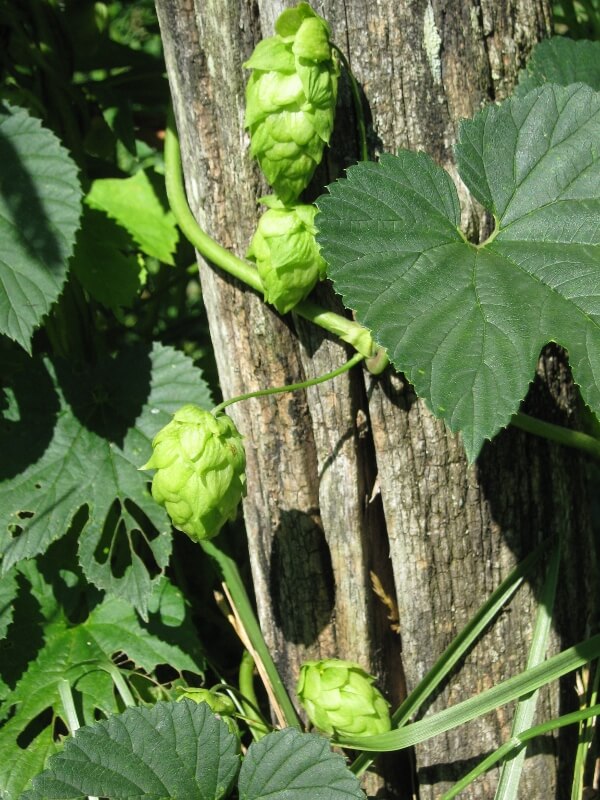
Growing Hops
The plants do this fine on their own! If weighed too heavy with foliage, or subject to hot, rainy days, the plants may develop mildew or other types of fungus. Try to make sure they get plenty of air.
One solution, similar to what we do with tomato plants, is cut off the bottom leaves to allow breathing. Also, this way water/rain doesn’t splash up on leaves.
Working With Hops
The plant is hairy and they prick so be careful and use gloves when working with this plant especially if you have sensitive skin. This is the plant’s way to hold on as it grows upward.
These plants are notorious for caterpillars, like the saddle back varieties that sting and can cause severe allergic reactions. These little creatures will often hide on the underside of the leaves. The hops will usually have aphids as well. We do not treat for disease or insects because we are a no-chemical farm!
When To Harvest Hops
You will see small flowers on the young plant, which will develop into the cone-shaped fruit that you are waiting for!
When the cone starts to feel dry and open a little so you can see the yellow inulin, it is time to harvest the hops. Each hops will mature at different times so make sure your hops are papery (dry). If they feel damp or wet they are too young.
When harvesting you can use immediately—some call this “wet” or “green” hops. If they are completely dry, you can package for sale or later use. Make sure they do not get damp or too hot or they can develop mold.
How To Dry Hops
You can use a dehydrator on the same level as you use for herbs (100/110 degrees). The hops will become “crumbly” when rubbed when they are dry enough.
How long this takes will depend on your dehydrator and the humidity in the air—usually, two to three hours. You can sun/air dry hops but you must make sure they are completely dry when taking up—don’t let the evening dew or rain hit them.
You can use old screens but make sure you sanitize before using them. (I prefer not to go this route incase of leaching from the metal of the screen). You can also use a “warm” oven like you would for drying herbs—no hotter than 110 (preferably 100 degrees) until dry.
When packaging hops, I prefer to use brown bags with closure, or biodegradable sealed bags. Keep the bags out of direct sunlight, the same as you would with herbs.
NOTE: Directly after harvesting I put a cupful of hops at a time in a fine sieve or strainer and tap gently to try to remove any aphids that wanted to hitch a ride!
The Many Uses For Hops
In bygone days women would use hops to make yeast cakes. Of course these didn’t resemble our store-bought yeast of today but it was better than nothing!
Hops can be used as a sleep aid in an infusion or tea. This is also considered a good remedy for arthritis. This also makes use of the leaves of the hops plant so, that nothing is wasted!
It’s also being looked into for treatment of diabetes and for a type of silage feed for animals. The binds or vines can be used for making baskets—I suggest using gloves!
You can make a simple homemade beer to use in breadmaking or soaking your home-made cheeses.
We have developed our own Hops jelly.
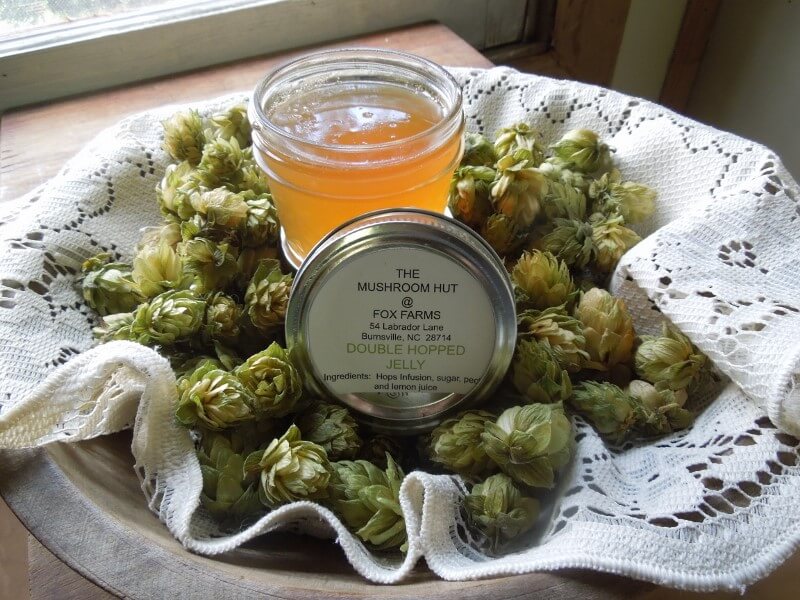 We also use the hops in some of our Goats’ milk lye soaps!
We also use the hops in some of our Goats’ milk lye soaps!
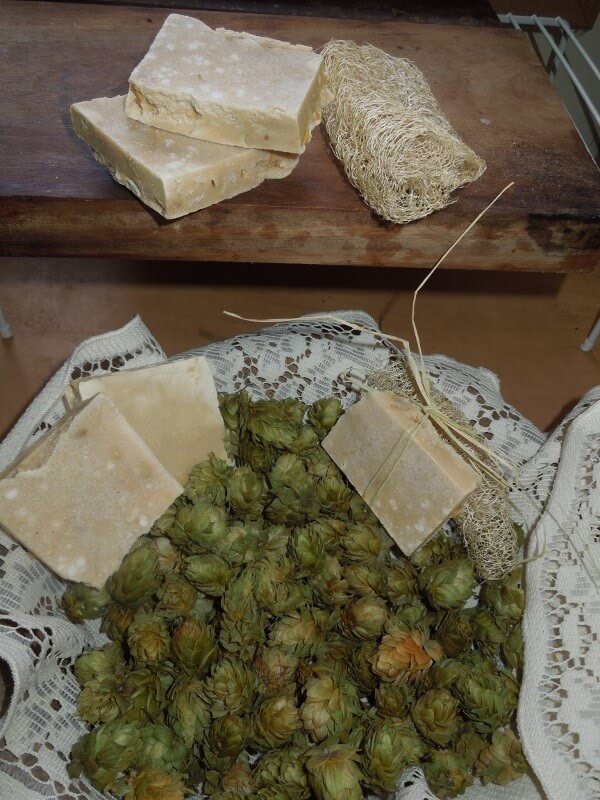
Just be creative!
For more info you will find this North Carolina State University site about herbs very helpful—especially if you’re interested in going commercial!
HAPPY HOPPING!!
Simple Hops Beer
- Place 2 oz hops in 2 qts. hot water for 15 minutes.
- Strain and dissolve 1 lb. of sugar in the liquid.
- Add 4 qts. cold water.
- Allow to stand for 12 hours in a warm place and it should be ready to bottle.
I just make enough at a time to be used as I need it. We use this to brine-wash our aged cheeses.
Simple Hops Yeast:
- Place hops in a container (usually a handful is suggested for these old recipes).
- Pour water over them until they are 2/3 covered. Bring to a boil, let boil 2-3 minutes, enough to draw out the “essence” of the hops.
- Drain off liquid and while it is still hot, stir into the liquid cornmeal enough to thicken.
- Spread this mixture on a cloth or board and let dry. NOTE: don’t let this mixture mold!!
This was cut into “cakes” and used when baking. Again, we suggest small batch. Ensuring safety and freshness!
Have you tried growing hops? Tell us about it in the comments!
Susan Tipton-Fox, along with husband Alan Fox, continues the farming and preserving practices passed down to her by her family. She presents on-farm workshops in Yancey County, North Carolina, and “workshop stays” on the farm. Follow her on Facebook: The Mushroom Hut @ Fox Farms. We’re delighted that she decided to share her knowledge about small-scale hops farming with us.
Susan Tipton-Fox brought hops-growing back to her area. Here she shares what she’s learned about growing hops on a small scale.
All images provided by Susan Tipton-Fox

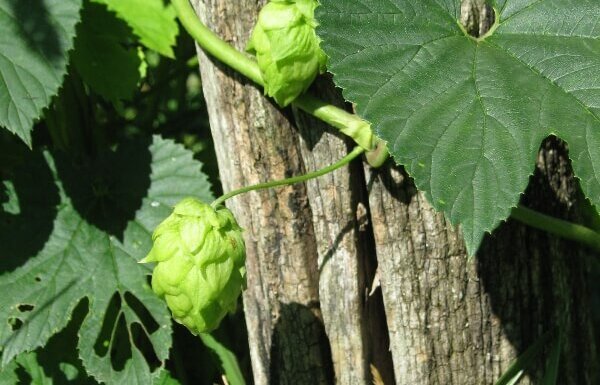

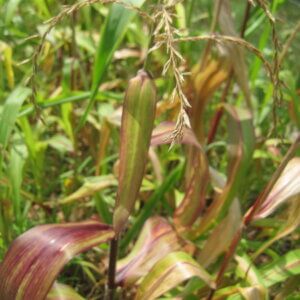

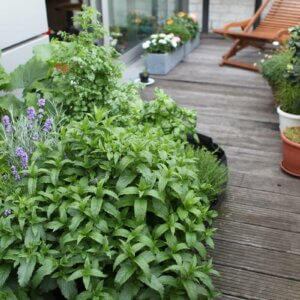







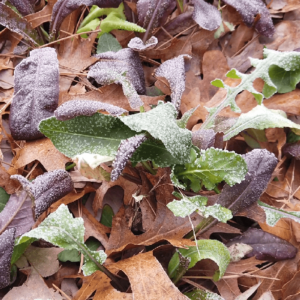

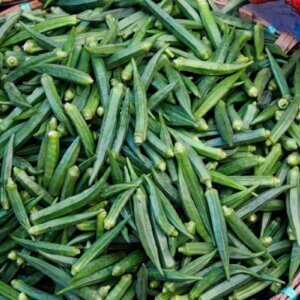
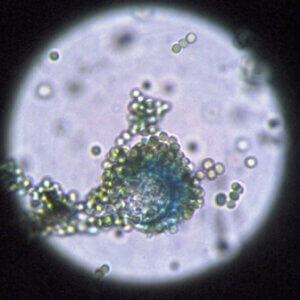
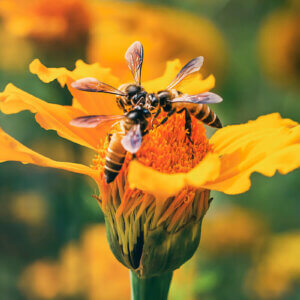







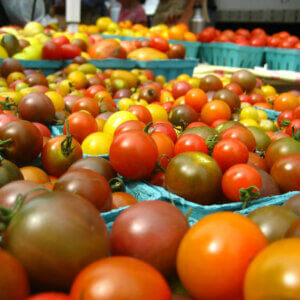
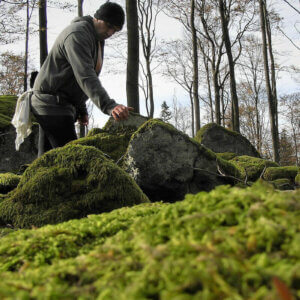





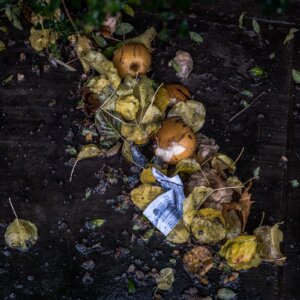

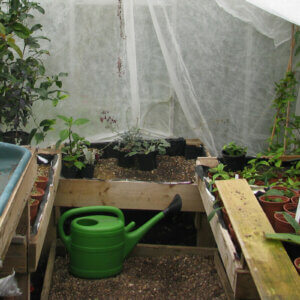

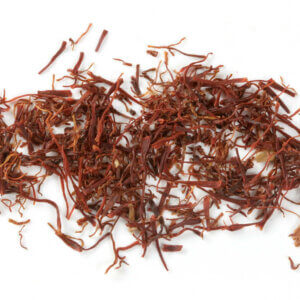
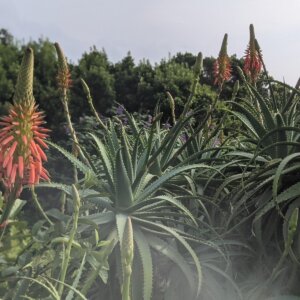

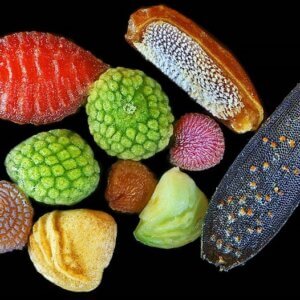


Great article: well written and very informative. I learned a lot about hops including its use as yeast for baking. I look forward to future posts.